Offering a full range of GPUs is important for NVIDIA and its partners like Zotac. In our Zotac Gaming GeForce GTX 1660 6GB GDDR5 review, we are going to take a different approach than its name would suggest. We are going to review the GPU from the perspective of someone on a budget in this category looking for a GPU compute offload device that is capable of accelerating rendering, math for deep learning, and other similar tasks instead of gaming.
At STH, we have been putting together a series testing the compute performance of desktop GPUs in order to help our readers understand non-gaming use cases for the cards. This is important because today’s GPUs are used for more than just gaming and have significant value as computational tools. NVIDIA’s strategy involves providing CUDA capable hardware throughout price brackets, and the software ecosystem has responded with GPU acceleration for content creators, deep learning/ AI professionals, and in other fields. Continue on our review to read more about how the Zotac Gaming GeForce GTX 1660 6GB GDDR5 GPU stacks compared to the GPUs we have reviewed thus far.
Zotac GeForce GTX 1660 Overview
Here we see the retail box for the Zotac GeForce GTX 1660 that displays the top key features such as 6GB of GDDR5 memory.
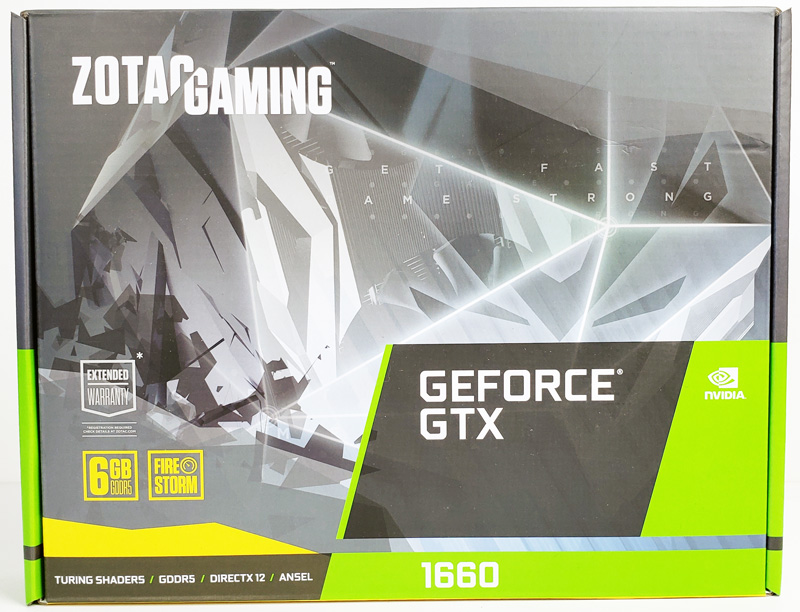
The back of the Zotac GeForce GTX 1660 retail box shows specifications and various other aspects of the card.
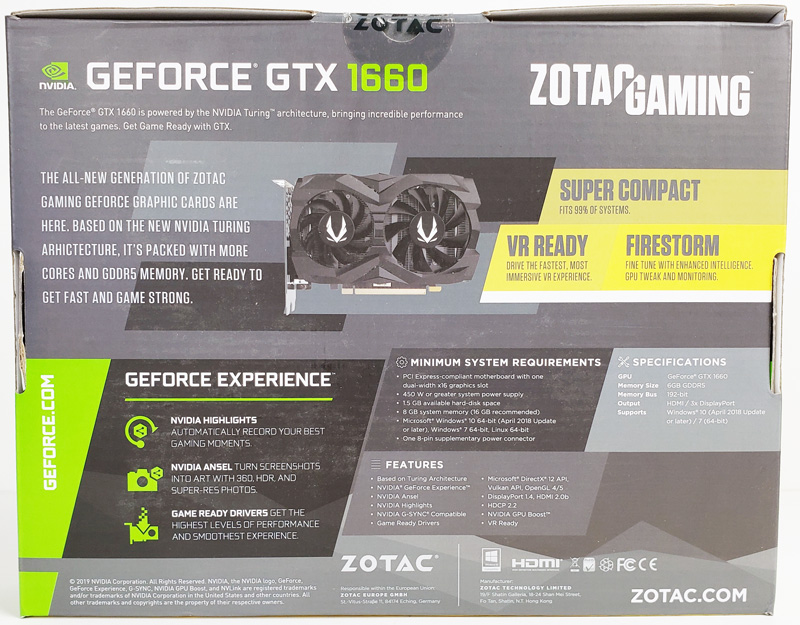
Here we see the front of the Zotac GeForce GTX 1660. The Zotac GeForce GTX 1660 is a small graphics card, measuring 6.83” in length, 4.38” tall and 1.39” thick. That means it will fit into most systems, even smaller workstations and potentially edge computing devices.
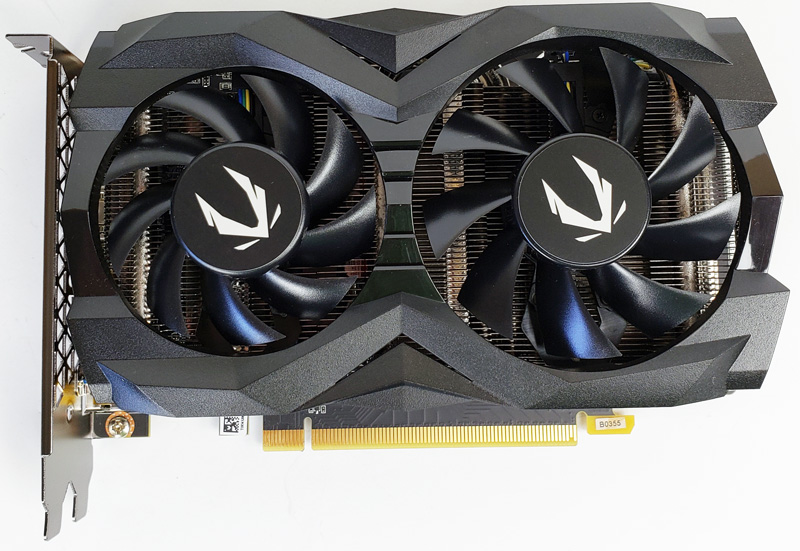
The back of the Zotac GTX 1660 shows a larger PCB for this graphics card which is the full size of the card.
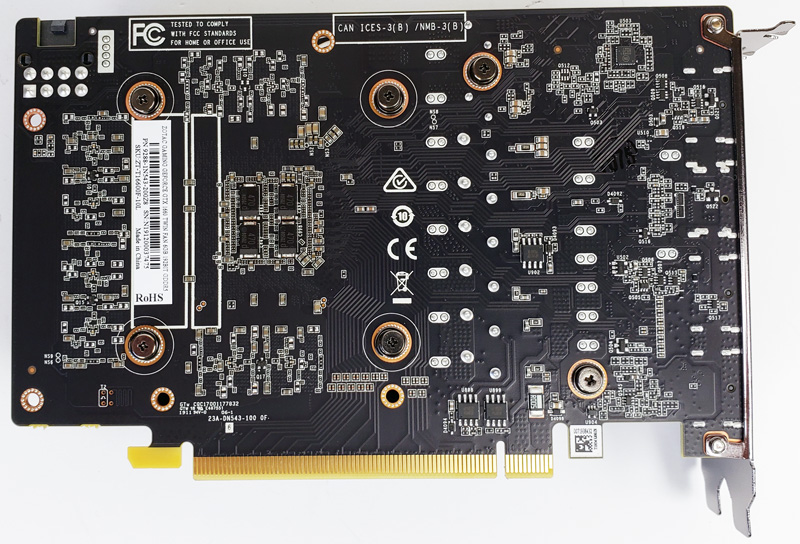
The top of the Zotac GTX 1660 measures 1.39” thick which fits into a two slot configuration. At the far end, we see an 8-Pin power connector to power the card up to 225watts.

Video outputs include three DisplayPort 1.4 and one HDMI 2.0b ports. If you were looking for an edge GPU that could support both CUDA as well as drive displays for digital signage, this provides an interesting product opportunity.
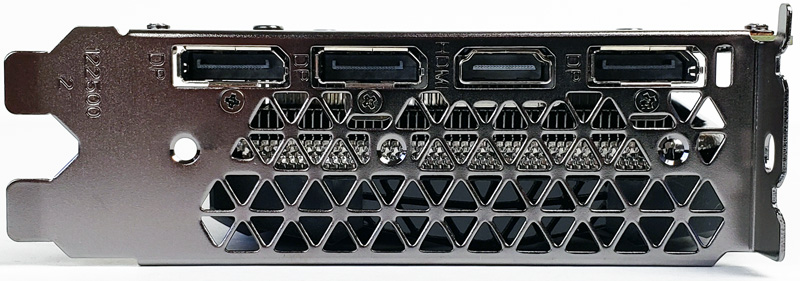
Large air vents at the rear of the GeForce GTX 1660 aid in cooling with proper airflow.
Next, let us take a look at the Zotac GTX 1660 key specifications and continue on with our performance testing.

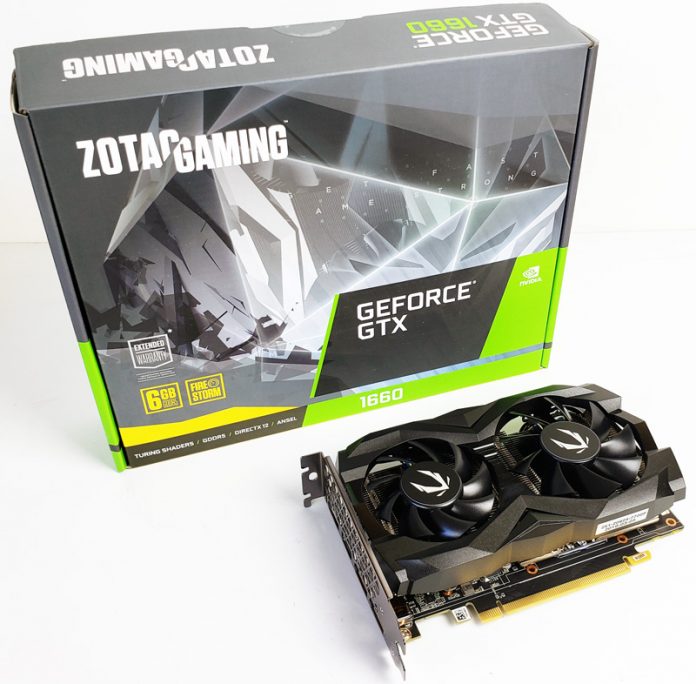



Some of these pictures seem to be from a Gigabyte 1650 and not this GPU?
95% of the content on this site is solid, but many of these “reviews” leave me scratching my head. Did no one look at these benchmark charts and realize that comparing a budget card to 15 high end cards and a couple of Kepler cards was incredibly unhelpful? This card is at the bottom of every benchmark! Why not compare it to cards in its range, I.E. 1060 and 1070? I mean this is the type of stuff you learn about in an intro stats class.